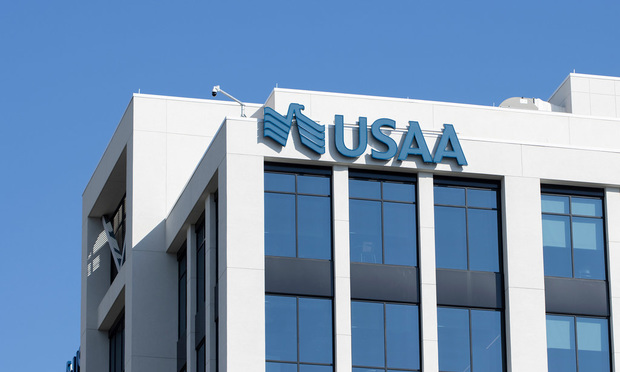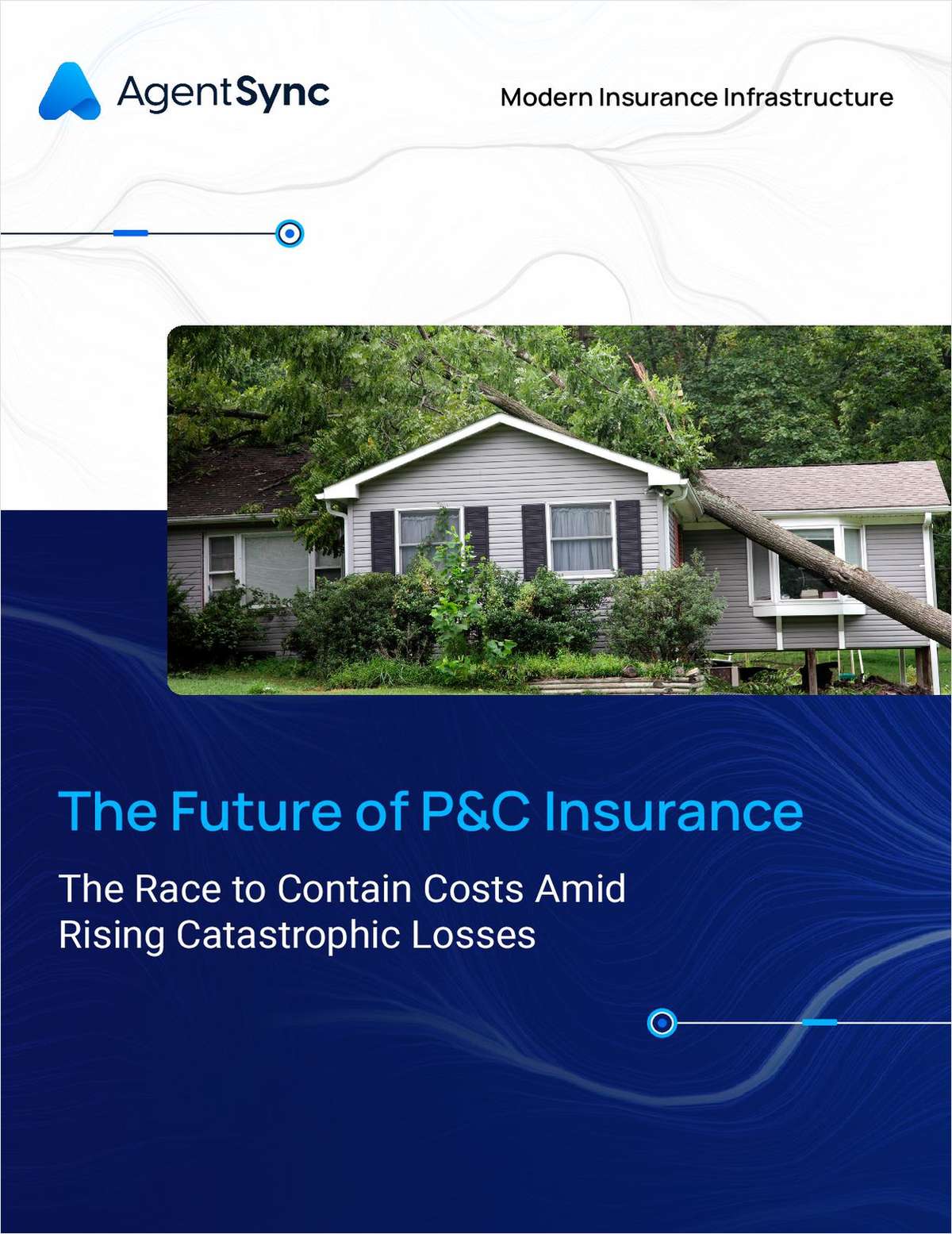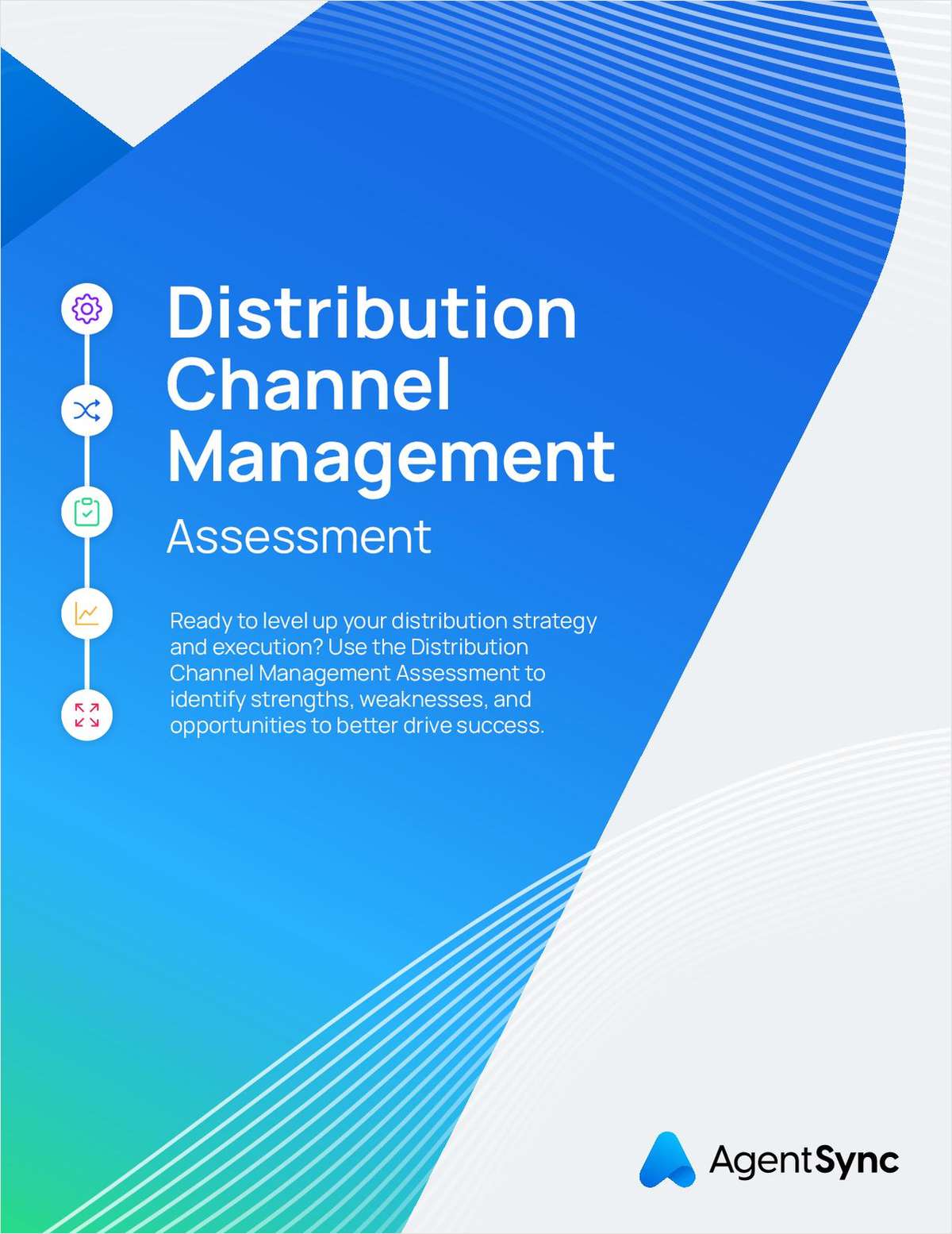 Part of the sting of "Future Shock" is that the accelerated pace of change is not anticipated. In a world where most insureds rely on computers and networks to conduct day-to-day personal and commercial business, non-cyber adjusters must expect that they will face claims involving the use or loss of computer data and equipment. (Credit: the_lightwriter/Adobe Stock)
Part of the sting of "Future Shock" is that the accelerated pace of change is not anticipated. In a world where most insureds rely on computers and networks to conduct day-to-day personal and commercial business, non-cyber adjusters must expect that they will face claims involving the use or loss of computer data and equipment. (Credit: the_lightwriter/Adobe Stock)
The idea of "Future Shock "— that an accelerated pace of change causes social and psychological disruptions — dates from Alvin Toffler's 1970 book of the same name. As it copes with the mutable nature of cyber risks, the insurance industry is experiencing such a shock. Insurers who write cyber liability policies are well-equipped to manage such claims, but what about carriers and adjusters who face such claims under more traditional policies — also known as "Silent Cyber?"
Expanding liability
Recent court decisions show how a cyber claim can arise under a traditional policy:
- A Maryland federal district court determined that a ransomware attack — and the insured's attempts to remedy that attack — caused "direct physical loss or damage" to the insured's computer system by slowing the system and making it less useful. The carrier argued that the critical issue was whether the software or data had been damaged, and that both were intangible. The court reasoned that the business owner's policy listed among covered items "data stored" on physical media, including software. Thus, the policy contemplated that these things could experience direct physical loss or damage. Nat'l Ink and Stitch, LLC v. State Auto Prop. and Cas. Ins. Co., 435 F.Supp.3d 679 (D. Md. 2020).
- Under a similar policy, Ohio's Court of Appeals determined that the encryption of a company's data — when hackers locked the data after gaining access to the company's systems — may fall within the definition of "direct physical damage." The court noted that in addition to damage to data and media, the attack resulted in the company's phone system being completely unworkable. EMO Servs., LLC v. Owners Ins. Co., 2021 Ohio App. LEXIS 3849. The Supreme Court of Ohio has accepted review.
- A company that operated restaurants, hotels, and casinos suffered a data breach which led to the loss of customer credit card data. A credit card processor sued the company after a data breach seeking to recover $20,000,000 in assessments from MasterCard. The company in sough coverage from its insurer under a commercial general liability policy. The United States Court of Appeals for the 5th Circuit Court found that the retail company's loss of the data was a "publication" of that information that triggered "personal and advertising injury" coverage. The insurer had to defend the case against the retail company because the complaint alleged that the breach had exposed consumer data and violated the right of the consumers to keep credit card data private. Landry's, Inc. v. Ins. Co. of the Pa., 4 F.4th 366 (5th Cir. 2021).
- The most recent example comes from the court that reversed itself. Target's 2013 breach led to $138 million in losses, including $74 million to replace credit cards that were compromised. After finding no coverage in a 2021 ruling, the court changed its mind in March 2022, ruling that the loss of use of the compromised cards had occurred to "tangible property that is not physically injured." Target Corp. v. Ace Am. Ins. Co., 19-cv-2916 (WMW/DTS), 2022 U.S. Dist. LEXIS 51044 (D. Minn. Mar. 22, 2022).
What makes cyber claims so difficult?
As the cases above show, cyber claims can have huge stakes. This has caused insurers to try to clarify when such losses are covered. They have tried to exclude cyber liability from traditional policies for more than a decade, seeking to push coverage for such claims toward cyber-insurance policies. But this is where the Future Shock comes; insurers cannot write new policy language as quickly as hackers change their tactics.
Want to continue reading?
Become a Free PropertyCasualty360 Digital Reader
Your access to unlimited PropertyCasualty360 content isn’t changing.
Once you are an ALM digital member, you’ll receive:
- Breaking insurance news and analysis, on-site and via our newsletters and custom alerts
- Weekly Insurance Speak podcast featuring exclusive interviews with industry leaders
- Educational webcasts, white papers, and ebooks from industry thought leaders
- Critical converage of the employee benefits and financial advisory markets on our other ALM sites, BenefitsPRO and ThinkAdvisor
Already have an account? Sign In Now
© 2025 ALM Global, LLC, All Rights Reserved. Request academic re-use from www.copyright.com. All other uses, submit a request to [email protected]. For more information visit Asset & Logo Licensing.








